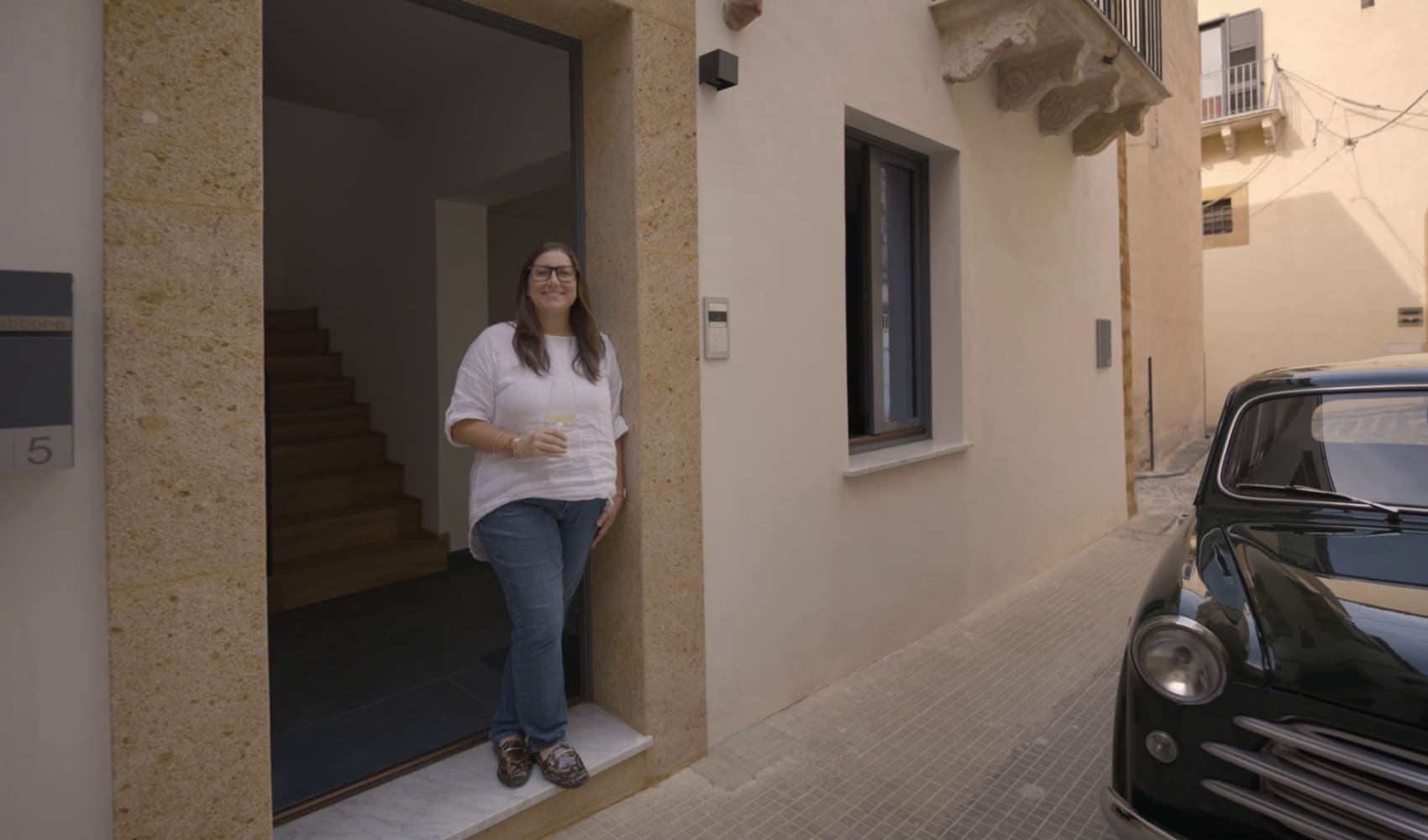Dallas was a much different city in 1963 when President John F. Kennedy came for a November visit.
Sixty years after the assassination, some Dallas leaders want to focus on the message Kennedy wanted to share instead of the tragic death.
“We really need to focus on President Kennedy’s life and his values,” former State Representative Helen Giddings said.
Dallas was not considered friendly territory for Kennedy in 1963 according to Giddings who has lived her entire life in the city.
Get South Florida local news, weather forecasts and entertainment stories to your inbox. Sign up for NBC South Florida newsletters.
“We didn’t really have a good reputation when it comes to inclusiveness. Dallas was known as a city of hate,” Giddings said.
Kennedy was warned that thousands of open windows could not be guarded for his visit, according to Dallas Morning News writer Michael Granberry, who said he later interviewed the lead Secret Service agent.
“A number of events preceded Kennedy’s arrival,” Granberry said.
U.S. & World
They included an attack on Kennedy’s UN Ambassador Adlai Stevenson II and Dallas demonstrators accosting future Vice-President Lyndon Johnson and is wife on a 1960 visit.
Granberry said Dallas department store magnet Stanley Marcus warned Kennedy not to visit, but Kennedy just brushed it off.
“The city was overwhelming White and Protestant,” Granberry said.
There was little support from that population for talk of civil rights from Kennedy, the first Catholic President.
“When I was growing up my parents went to a Baptist Church in Pleasant Grove and I remember the fear about Kennedy that many of those people expressed was that he was Catholic,” Granberry said.
But Giddings said Kennedy’s talk inspired her Dallas neighbors.
“African American people really had a lot of hope in JFK and what he wanted to bring about,” she said.
Lee Harvey Oswald, the man labeled as the lone assassin, had no connection to Dallas groups in the investigations that followed the President's death and Oswald's assassination by Jack Ruby.
But Giddings said Dallas was still despised by the rest of America for what happened.
“It was all of us who lived here that were blamed for the death of President Kennedy,” she said.
Granberry said the book ‘Hole in the Roof’ that he co-wrote about the Dallas Cowboys includes a chapter about impact on the football team from the assassination.
“This hostility was something they dealt with for a few years,” he said.
Some people in Dallas wanted to demolish the Texas School Book Depository Building where the fatal shots were fired at Kennedy.
Instead, the Sixth Floor Museum opened there to help deal with the tragedy and the city that Dallas was.
Lower floors of the building were used for many years as the Dallas County Administration Building.
The County Commissioners who serve Dallas are now all Democrats, a change from Ultra-Conservative politicians elected decades ago.
Dallas has become a majority minority city. African American and especially Latino residents now outnumber Whites.
The current Dallas population is about 1.3 million, around twice the size of 1963.
“It’s so much more culturally diverse. People from every country in the world live here now. And politically it has changed dramatically,” Granberry said.
Giddings, who served 26 years in the Texas Legislature, is a successful businesswoman.
“I'm really proud of some of the progress we have made. I don’t want to lose sight of the fact that we have still quite aways to go,” Giddings said. “I want more people to have the same kind of experience in Dallas that I have had.”
Giddings points to homelessness, hunger, and Southern Dallas economic disparity as issues that Kennedy would have fought to improve.
And longtime Dallas newspaper writer Granberry said he supports Giddings' call for new attention to Kennedy’s values, instead of his assassination.
“Why not spend the next 60 years focusing on his life,” he said.



